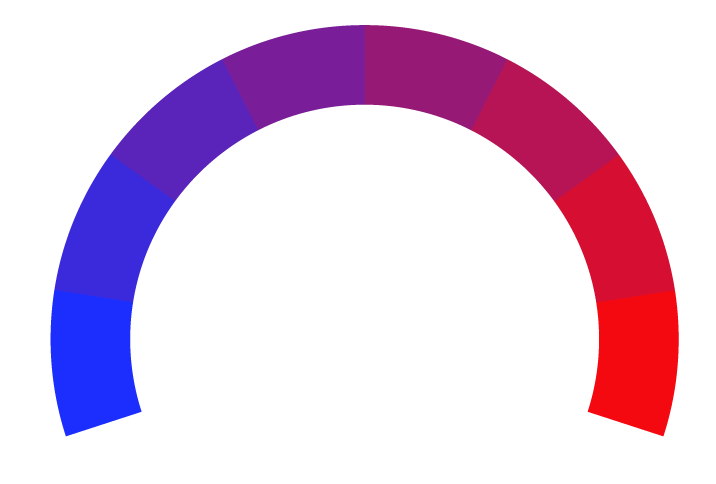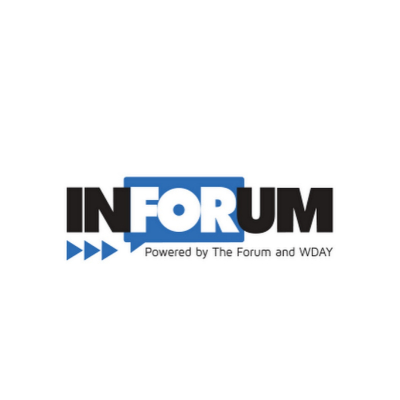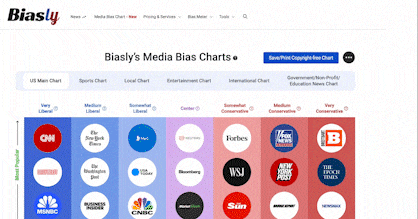New report outlines how potential cuts to Medicaid could impact Minnesotans
- Bias Rating
-54% Medium Liberal
- Reliability
90% ReliableExcellent
- Policy Leaning
-54% Medium Liberal
- Politician Portrayal
N/A
Continue For Free
Create your free account to see the in-depth bias analytics and more.
Continue
Continue
By creating an account, you agree to our Terms and Privacy Policy, and subscribe to email updates. Already a member: Log inBias Score Analysis
The A.I. bias rating includes policy and politician portrayal leanings based on the author’s tone found in the article using machine learning. Bias scores are on a scale of -100% to 100% with higher negative scores being more liberal and higher positive scores being more conservative, and 0% being neutral.
Sentiments
9% Positive
- Liberal
- Conservative
| Sentence | Sentiment | Bias |
|---|---|---|
Unlock this feature by upgrading to the Pro plan. | ||
Reliability Score Analysis
Policy Leaning Analysis
Politician Portrayal Analysis
Bias Meter
Extremely
Liberal
Very
Liberal
Moderately
Liberal
Somewhat Liberal
Center
Somewhat Conservative
Moderately
Conservative
Very
Conservative
Extremely
Conservative
-100%
Liberal
100%
Conservative

Contributing sentiments towards policy:
68% : "Medicaid is an absolutely essential source of revenue for those hospitals to keep operating.60% : "Medicaid is the backbone of many aspects of our health care system, including paying for the majority of nursing home residents," said Joan Alker, lead author of the report from Georgetown University's Center for Children and Families.
56% : " Medicaid -- the state-federal program known as Medical Assistance in Minnesota -- supplies health insurance coverage to low-income Americans.
56% : The greatest bulk of those proposed cuts -- an estimated $2.3 trillion -- would come from Medicaid.
55% : While Medicaid and Medicare reimbursement for services is often lower than what private health insurers pay, Kozhimannil said Medicaid is an important source of revenue for rural hospitals.
53% : With Medicaid, "folks are often able to access services without out-of-pocket payment or copayments, which can incentivize preventive care services and coming in for the visits," Kozhimannil said.
52% : Another program, the Children's Health Insurance Program, provides health coverage for children and, in some states, pregnant women who do not meet the financial requirements for Medicaid.
51% : "So for about every dollar that is spent on medical care in Medicaid in Minnesota, the federal government is picking up over half," said Dwyer, who noted that federal funds cover 90% of the cost for people covered under expanded Medicaid.
50% : Rural Minnesota counties have a larger percentage of Medicaid enrollees (21.5%) than metro counties (18.1%), per the report.
45% : "States will have no choice but to dramatically raise taxes, cut other parts of their states' budgets including K-12 education and/or institute large and harmful cuts to their Medicaid programs such as cuts to benefits, eligibility and payment rates for providers and plans," Dwyer said.
45% : Because rural areas have a higher percentage of Medicaid enrollees, the report authors say any reduction in funding will have harsher impacts on rural communities.
43% : Because federal dollars make up a big chunk of how Medicaid is paid for, Dwyer said large cuts would dramatically impact state Medicaid programs, including Minnesota's.
*Our bias meter rating uses data science including sentiment analysis, machine learning and our proprietary algorithm for determining biases in news articles. Bias scores are on a scale of -100% to 100% with higher negative scores being more liberal and higher positive scores being more conservative, and 0% being neutral. The rating is an independent analysis and is not affiliated nor sponsored by the news source or any other organization.
























 INFORUM
INFORUM